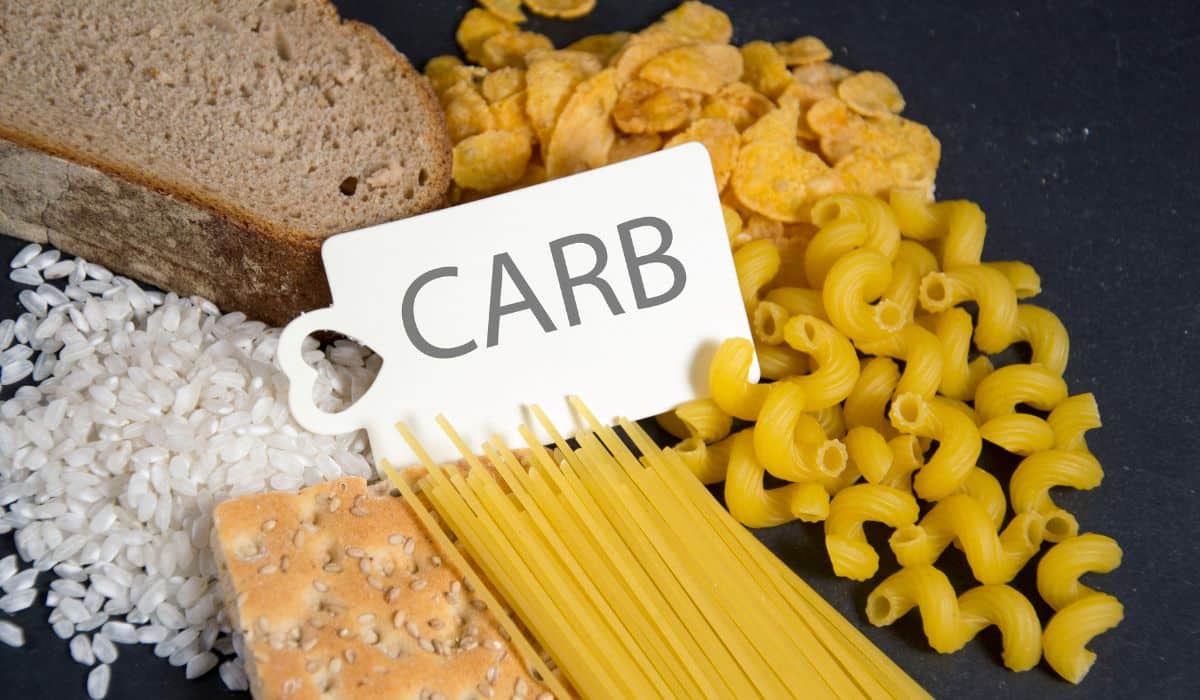
What’s the optimal amount of carbs to eat?
It’s tempting to look for one single answer, whether it’s “150 grams,” “as few as possible,” or “60% of calories.” But unfortunately, that’s just not how human bodies work. The same diet that fuels great health and fantastic performance in one person might be the diet that causes chronic disease and long-term weight problems in someone else.
Even excluding the role of actual diseases like diabetes or PCOS, healthy people have a huge variation in their optimal carb intake. Here are 5 reasons why optimal carb intake differs from person to person:
1. Type and amount of physical activity
In general, people who do a lot of intense physical activity do better with more carbs. Yes, there are a couple of people who perform at an elite level on a ketogenic diet, but those folks are rare and the vast majority of people feel and perform better with a carb intake proportional to their activity.
A pretty typical rule of thumb is to eat carbohydrate-dense foods (white potatoes, sweet potatoes, or even white rice if you tolerate it OK) after a hard workout. That’s probably a good starting point for most people, and then you can adjust from there to meet your specific needs.
You can read more about this here in our full post on nutrition for athletes, or more about carb levels for endurance exercise in particular. In general, the more hard exercise someone does, the more carbs they'll want to feel and perform their best.
2. Genetics
This was covered briefly here, but genetic factors have a big influence on how people metabolize carbs. One of the most important genes in this regard is AMY1. Humans have between 2 and 15 copies of AMY1, which codes for an enzyme called amylase. Amylase breaks down carbohydrates. The more copies of AMY1 you have, the more amylase you make, and the better you are at digesting carbs.
There are plenty of other genes that affect carb metabolism including…
- The gene for adiponectin, a hormone that controls insulin sensitivity. Interestingly, in humans, variations in the adiponectin gene are particularly associated with insulin resistance in thin people.
- PPARGC1A, which is one of the genes most likely to be involved in diabetes.
There are tons of genes involved and all of them interact with each other. As one study points out, there are 245 (not a typo: two hundred and forty five) different genes that affect the function of islet cells in the pancreas. And that’s one tiny subset of the cells involved in carb metabolism. This is incredibly complex stuff and everyone is going to be different.
You can get genetic tests from different companies to figure out specifically which genes you have, but if that’s not your style (or in your budget), old-fashioned trial and error is a decent way to see what plays nicely with your particular combination of genes.
3. Gut Microbiome Composition
Everyone’s gut is full of bacteria (and other wee beasties) that help us digest our food, make vitamin K2 for us, and do other important things like regulating the immune system. Because they're such big players in digestion, the specific composition of your particular bacteria has a huge effect on the way you break down and use carbs for energy.
This study was in mice, but it’s free full-text and it has a good explanation at the beginning of the previous research that’s been done on the topic. Basically, gut bacteria, and their by-products like butyrate, affect blood sugar control and insulin secretion. There are significant differences in the gut bacteria of healthy people and people with insulin resistance or diabetes, and there’s a significant amount of evidence that bacterial composition is a causal factor in insulin sensitivity.
As this review points out, there's also a significant element of gut-gene interaction, so all those hundreds of genetic differences come back into play here.
All other things being equal, if you have a relatively carb-friendly population of gut bacteria, you'll do better with high-carb foods than someone who doesn't.
4. Sleep

Sleep deprivation is so normal that nobody realizes how dangerous it is – but it can really do a number on your metabolic health. Sleep deprivation increases insulin resistance and prevents normal carb metabolism. So people who are sleep deprived can’t handle carbs as well as people who are getting enough sleep. (The really painful flip side is that people who are sleep deprived tend to crave carbs even more than people who aren’t, so they’re hankering for exactly the thing they should be avoiding).
There’s more on this here and here. If you want to improve your carb tolerance, improving your sleep is a pretty great way to go. That obviously means getting enough sleep, but it also includes improving sleep quality through things like sleep hygiene and addressing sleep apnea.
5. Nutrient status
We’ve already covered 4 important minerals for good blood sugar control. Vitamin D is also noteworthy for its metabolic benefits, and some other studies have suggested a beneficial role for vitamin E, B vitamins, or other antioxidant nutrients.
The point here isn't that everyone needs to take all those supplements. In fact, it's almost certainly not necessary to supplement with any of these nutrients if you're eating a solid Paleo diet with a good variety of different foods and also getting out in the sun on a regular basis. The point is that well-nourished people have better carb tolerance because they're getting all the nutrients their body needs to break down carbs. If you want to improve your body’s carb tolerance, nutrient-dense food is one way to go.
Summing it Up
This post didn’t even touch on actual diseases like diabetes – people with diabetes have even more complicated carb needs than people in basically OK metabolic health. But even in healthy people, carb needs can vary hugely for all kinds of reasons: genetics, activity levels, gut bacteria, nutrient status, and just overall personal preference.
What works for the average person in a study might not work for you. What works for your favorite blogger or Instagram recipe-poster might not work for you. What works for your friends and family might not work for you. Find what makes your body happy and stick with it – that knowledge is precious.





Leave a Reply